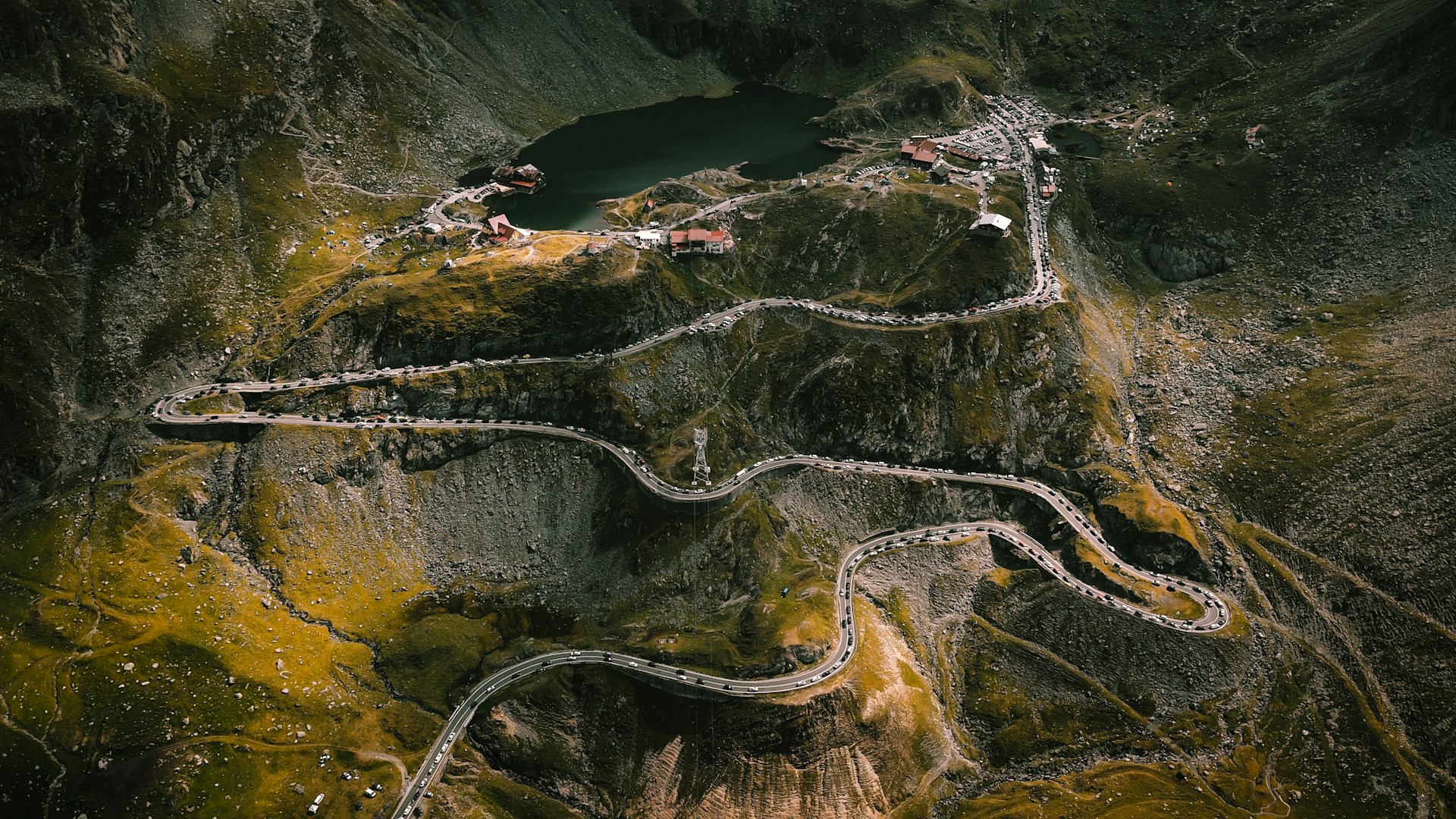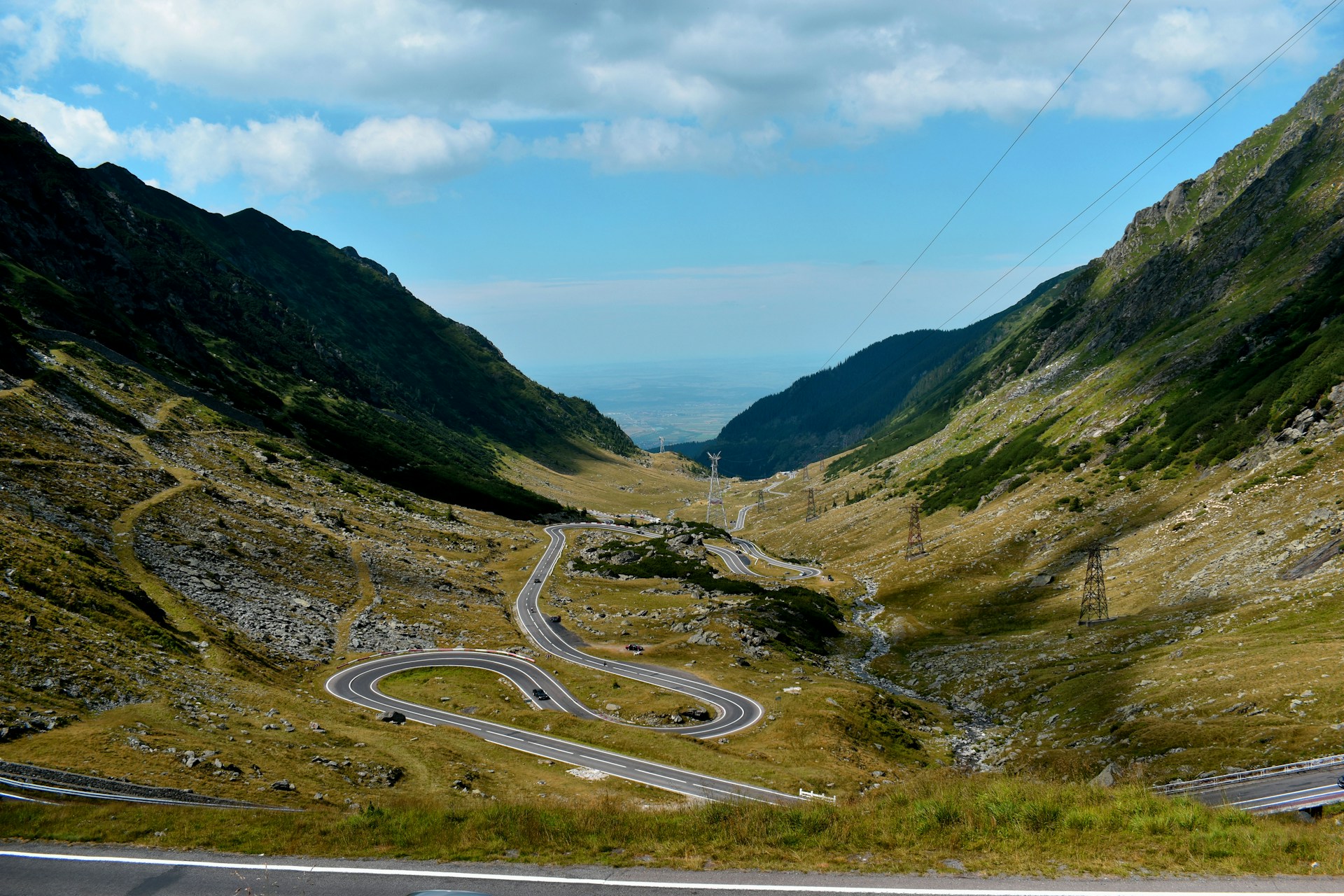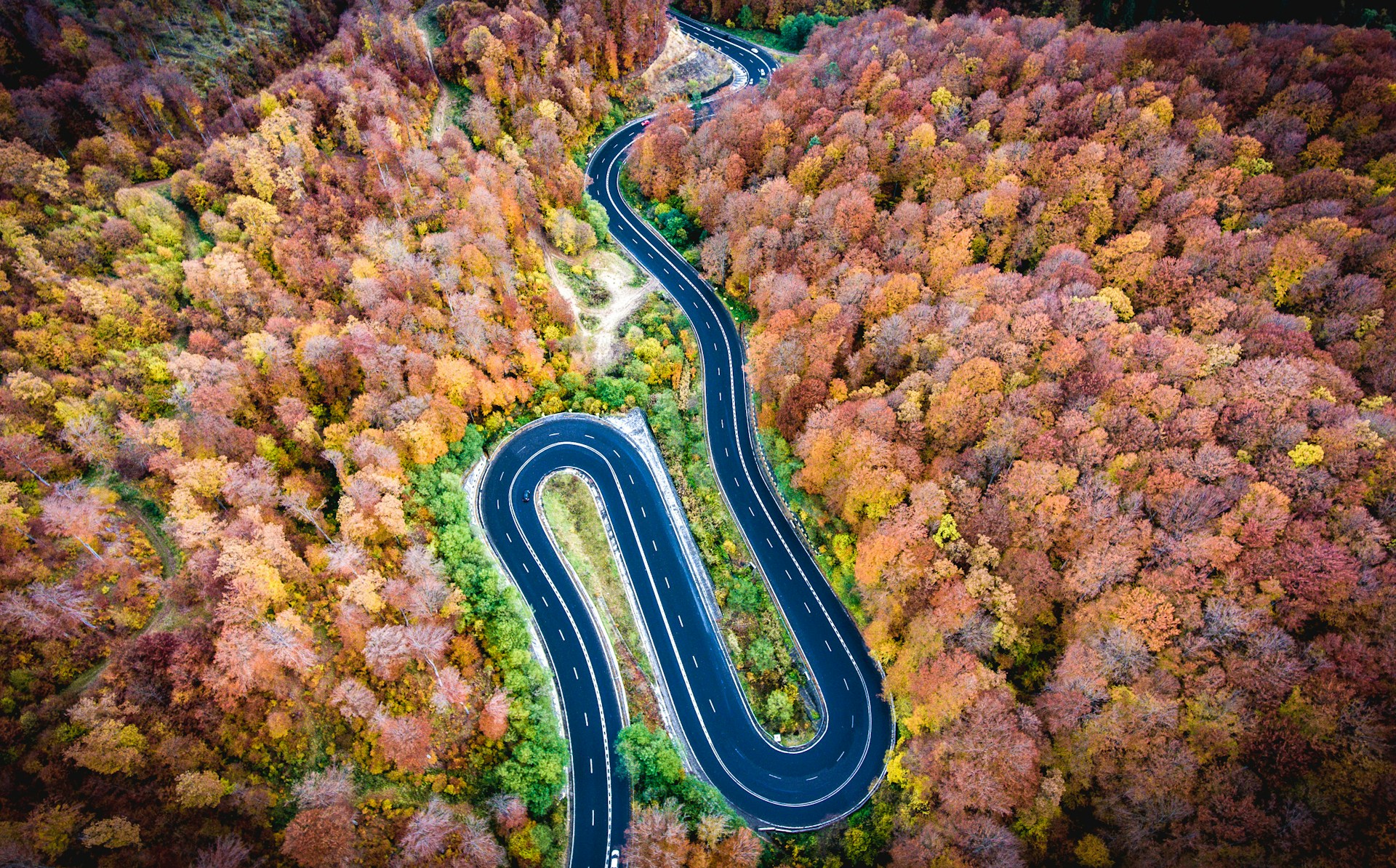Culture & Travel
19 September 2024Nestled in the heart of Romania’s stunning Carpathian Mountains, the Transfagarasan Road is a dream route for drivers and nature lovers alike. Hailed as “the best road in the world” by the Top Gear team, this legendary route is not just a road, but an adventure destination with sharp turns, breathtaking scenery, and rich history.

History of the Transfagarasan Road
The Transfagarasan Road was built in the 1970s under Romania’s former leader Nicolae Ceaușescu as a military defense line. The main purpose of this strategic road was to allow the army quick access to the mountains in the event of a Soviet invasion. Constructed under harsh conditions, the road has since transformed into a major tourist attraction.
Technical Challenges of Construction
Initially a military project, the Transfagarasan evolved into a natural wonder. For its time, it was considered a remarkable feat of engineering. Given the challenging terrain of the Carpathian Mountains and the steep slopes that had to be traversed, the project was extremely ambitious.
Compared to other Romanian road projects, the Transfagarasan required significantly more resources, including around 6,000 tons of dynamite. Ensuring the safety of workers, especially during the blasting of cliffs, was difficult. Over 40 workers lost their lives in the process as mountains were carved to create the sharp turns along the 90-kilometer road.

Where is the Transfagarasan Road?
The Transfagarasan Road is located in the Fagaras Mountains, connecting Romania’s Transylvania and Wallachia regions. As part of the Carpathian Mountain range, this route is renowned for enriching the journey with both physical and visual splendor. Spanning about 90 kilometers, the road allows drivers to ascend up to 2,000 meters, including a stretch that covers Moldoveanu, one of Romania’s highest peaks.
Scenic Highlights of the Transfagarasan Road
Now let’s explore the sights that make the Transfagarasan "the best road in the world." When you reach these spots, be sure to stop and fully appreciate them before continuing your journey.
Balea Lake

Balea Lake is a glacial lake located at an altitude of around 2,034 meters, offering stunning views of the surrounding mountains. In winter, the lake freezes over completely, adding to its striking beauty. If you're looking for a place to stay, the nearby ice hotel, popular among tourists, is a unique option.
Vidraru Dam

Another iconic spot along the Transfagarasan is Vidraru Dam, one of Romania’s largest dams. Completed in 1965, this engineering marvel is now a hub for adventurers interested in extreme sports like bungee jumping. Those seeking more tranquil activities can enjoy hiking and picnicking around the lake.
Poenari Castle
History enthusiasts will appreciate a visit to Poenari Castle along the Transfagarasan Road. Built by the famous Romanian ruler Vlad Tepes (Dracula), this castle has inspired some of Transylvania’s spookiest legends. For more detailed information about Poenari and other Romanian castles, check out the link we provided.
What to Do on the Transfagarasan Road
The Transfagarasan offers more than just an incredible driving experience; it's also a haven for outdoor enthusiasts. Activities range from hiking and camping around the lakes to mountain biking and photography.
This route at the base of the Carpathian Mountains is a perfect destination for trekking and nature walks. Those who prefer scenic hikes should explore the area around Balea Lake.
For mountain biking enthusiasts, the sharp turns, steep inclines, and breathtaking views provide the ideal setting for an adrenaline-pumping ride. However, keep in mind that this road can be challenging, so it’s best suited for experienced cyclists.

When to Visit the Transfagarasan Road
Due to high altitudes and harsh weather conditions, the Transfagarasan Road is often closed during certain periods of the year. It is usually inaccessible from November to June due to snow. The best time to visit is between July and September when nature is at its most vibrant. However, always check the weather before setting out and be prepared for mountain conditions.
How to Get to the Transfagarasan Road
The Transfagarasan Road is about a 3-4 hour drive from Romania’s capital, Bucharest. The cities of Sibiu, Brasov, and Pitesti are closer to the route. While there are a few accommodation options and rest stops along the way, it’s a good idea to pack snacks and drinks for longer journeys.
Other Attractions Near the Transfagarasan Road
The Transfagarasan Road is a destination rich in both natural beauty and history. Here are some nearby places we recommend:
Sibiu
One of the closest major cities to the Transfagarasan, Sibiu is a cultural and historical hub in Romania. Listed as a UNESCO World Heritage site, Sibiu is famous for its German architecture, colorful houses, and historic streets. Attractions like the Brukenthal Museum, ASTRA National Museum, and the Grand Square make Sibiu well worth a visit.
Transylvania
Heading north along the Transfagarasan brings you to Transylvania, a region famous for the legend of Dracula. Known for its medieval towns and castles, Transylvania is a must-visit for fans of eerie vampire tales or nature lovers who want to explore lush forests and mountain villages.


